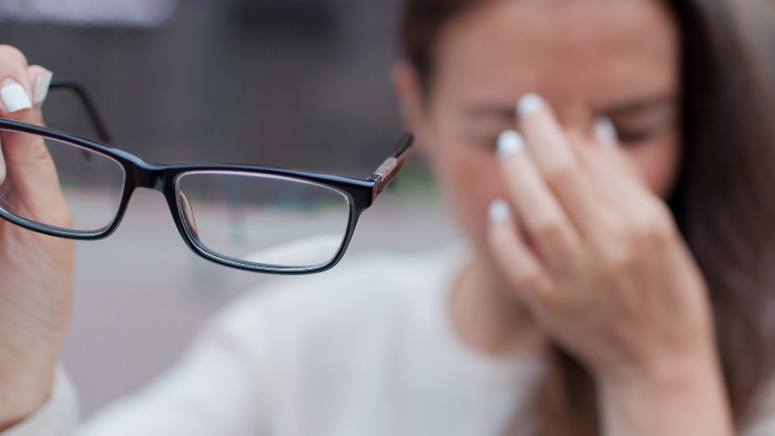Causes of Ocular Hypertension

There is a fluid in the eyes called aqueous humor. It provides nourishment for tissues and helps maintain the shape of the eye. The fluid is produced regularly so it must be drained. This occurs in an area of the eye known as the drainage angle. This is important in controlling eye pressure by impeding the buildup of aqueous humor.
Ocular hypertension occurs when the aqueous humor is unable to drain leading to elevated pressure in the eye. Increased pressure in the eye is a major risk factor for glaucoma. It is caused by a malfunction in the systems responsible for draining fluid.
For example, the more water you pour into a balloon, the higher the pressure inside. This is the same thing that occurs in the eyes; the more the fluid the higher the pressure. The optic nerve can get damaged when the pressure in the eyes is higher than normal. Elevates eye pressure is commonly seen in people with thick cornea. The pressure might actually be normal but the cornea majorly causes a wrong reading.
Other risk factors for ocular hypertension include:
- Old age. People older than 40 are more susceptible to glaucoma and ocular hypertension. Young people have a longer time to be more exposed to elevated pressures over a long period and are more susceptible to optic nerve damage.
- Race (black or Hispanic)
- Using steroid medications [2]
- Presence of other eye conditions such as shortsightedness [3], pigment dispersion syndrome [4] and psuedoexfoliation syndrome
- People that have done eye surgery in the past have increased chances of developing ocular hypertension
- High blood pressure or diabetes
- Family history of ocular hypertension or glaucoma













